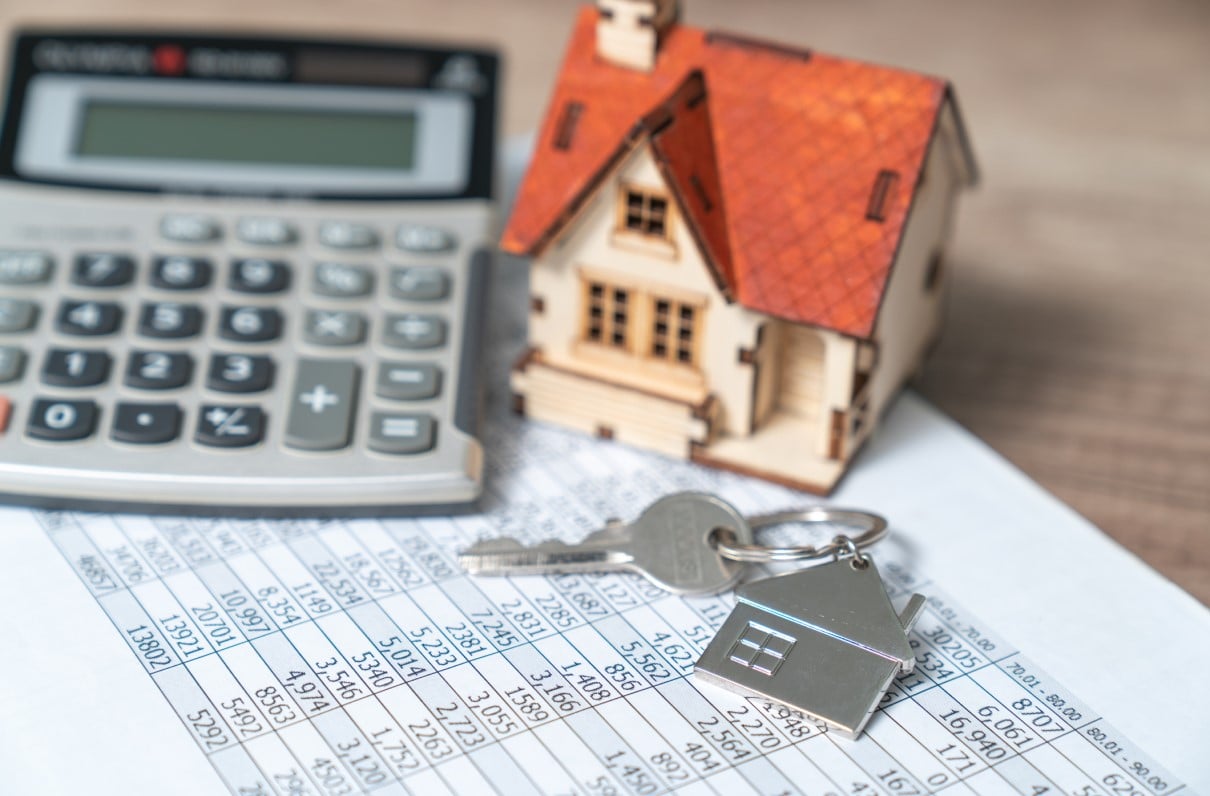This article by Karen Jowers originally appeared on Military Times, the nation's largest independent newsroom dedicated to covering the military and veteran community.
The U.S. military’s top enlisted leaders this week encouraged lawmakers to pursue a funding increase that would cover troops’ estimated housing costs in full each year.
Boosting service members’ housing allowance to pay for 100% of those expenses, rather than the current 95%, would make a big difference for troops’ pocketbooks, the enlisted leaders told members of the House Armed Services Committee at a hearing Wednesday on the quality of life in the military.
“That’s a huge impact. That is 5% that goes back in the pockets of our service members so that they can pay for their housing,” Chief Master Sergeant of the Air Force JoAnne Bass said. “We’ve got to get there. That’s, to me, a no-brainer.”
[TAKE ACTION: Urge Your Legislators to Pay Full Housing Costs for Servicemembers]
Raising the housing stipend would also demonstrate to troops that the nation they serve cares about them, Sergeant Major of the Army Michael Weimer added.
The push for greater funding comes as the volatile real estate market has stretched many military families’ budgets and complicated their search for stable, affordable housing nationwide.
The Defense Department used to set Basic Allowance for Housing rates to cover 100% of troops’ projected housing costs, on average. The funding level has dropped to 95% since 2015, when Congress allowed it to pare back the financial help.
Rep. Don Bacon, R-Neb., who chairs the committee’s special quality-of-life panel, pledged to work on the issue as Congress crafts the next slate of annual defense policy and appropriations bills.
“We have to restore that 5%,” Bacon said during the hearing. “We may not be able to do it in one fell swoop, but we’re going to try to chip away at this and get it done, because I think it’s just a terrible mistake, what we’ve done to the service men and women.”
[TAKE ACTION: Urge Your Legislators to Improve the Quality of Life of Our Servicemembers]
Each 1% increase in BAH would cost taxpayers about $220 million, he noted. The figure comes from a 2023 Defense Department analysis that found adding the entire 5% back into the housing stipend would cost taxpayers an additional $1.1 billion in calendar 2024. That’s on top of the $27.9 billion in BAH the Pentagon expects to pay about 1 million service members in 2024.
The amount that each service member spends to cover the last 5% depends on their pay grade and whether or not they have dependents. That out-of-pocket cost ranges from $85 to $194 each month, according to the Pentagon’s analysis.
At the same time, lawmakers have urged DOD to cover the full 100% on its own — a move the department can make without congressional approval.
While the monthly BAH increase would apply to all who are eligible for the allowance, troops living in privatized housing wouldn’t see it because their entire stipend is typically paid directly to their landlord. The rent for privatized housing is set at the BAH rate.
Generally, about two-thirds of service members live in the civilian community rather than on a base. Service members may choose to rent or buy an off-base dwelling that costs less than the monthly BAH allotment and can pocket the extra money. If they choose to rent or buy a home that costs more than BAH will cover, the extra expense comes out of their own pocket.
In some areas where affordable, safe housing is scarce, troops have had to make choices about living in areas that are less safe, more expensive or farther from their installation.
The average cost of purchasing a home in the U.S. spiked from $383,000 to $492,300 between the beginning of 2020 and the end of 2023, according to a database maintained by the Federal Reserve Bank of St. Louis. Active listings of single-family homes, condominiums and townhouses fell from nearly 952,000 to about 714,000 in the same time period.
[RELATED: Senior Enlisted Leaders Sound Alarms at House Quality of Life Hearing]
Defense officials have tried to mitigate the impacts of increased housing costs by adding some out-of-cycle, temporary BAH increases at the beginning of fiscal years 2022 and 2023, without raising the 95% cap. The department also began calendar year 2023 by offering troops saw a 12.1% larger stipend, on average — marking the largest year-over-year percentage jump in BAH in at least 15 years.
BAH rates increased by an average of 5.4% in 2024.
Meanwhile, the Government Accountability Office has reported that DOD needs to improve the way it calculates troops’ housing allowances. DOD is in the process of reviewing those procedures.
Other articles by Military Times:
Lawmakers press for junior enlisted pay boost as soon as possible
The Marines are retaining women at significantly higher rates than men
Toby Keith, country music star and USO staple, dies at 62
Support Military Spouses
Donate to The MOAA Foundation and support MOAA’s efforts to help military spouses in their career journeys.
